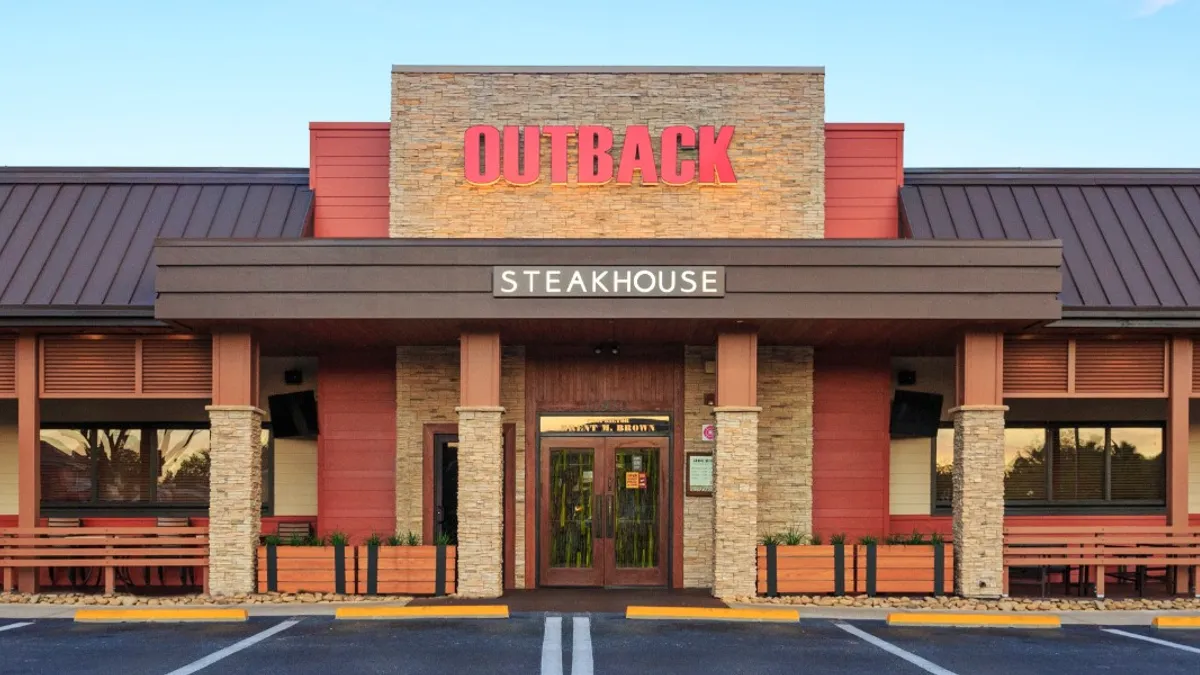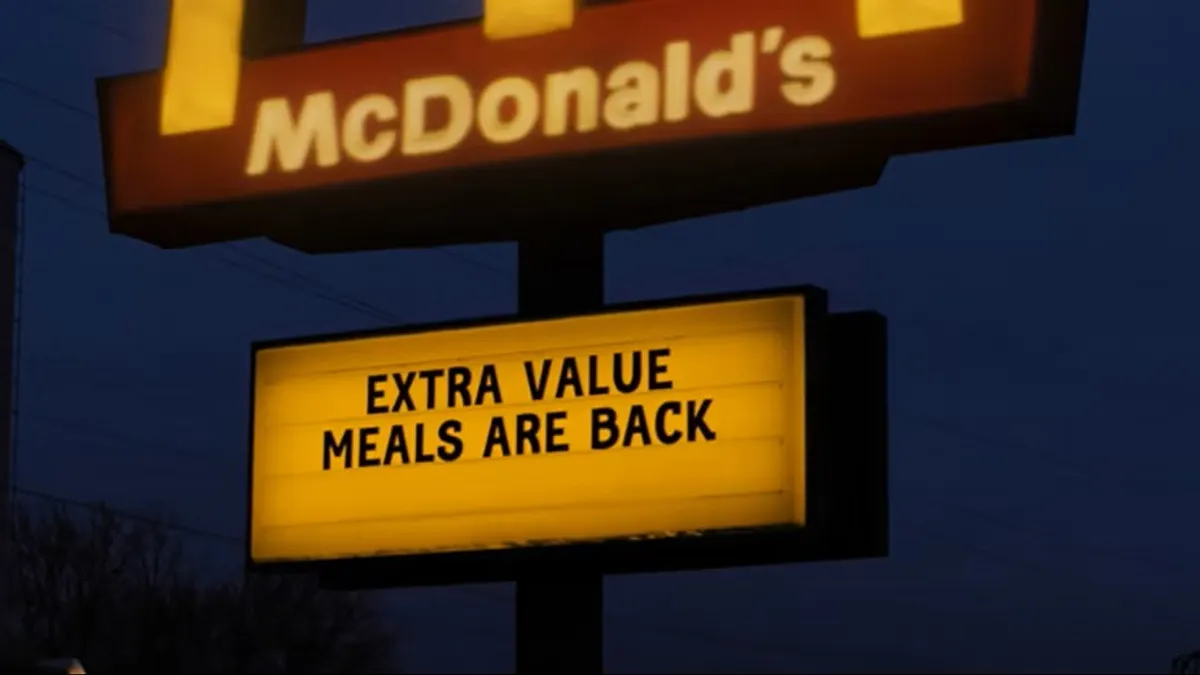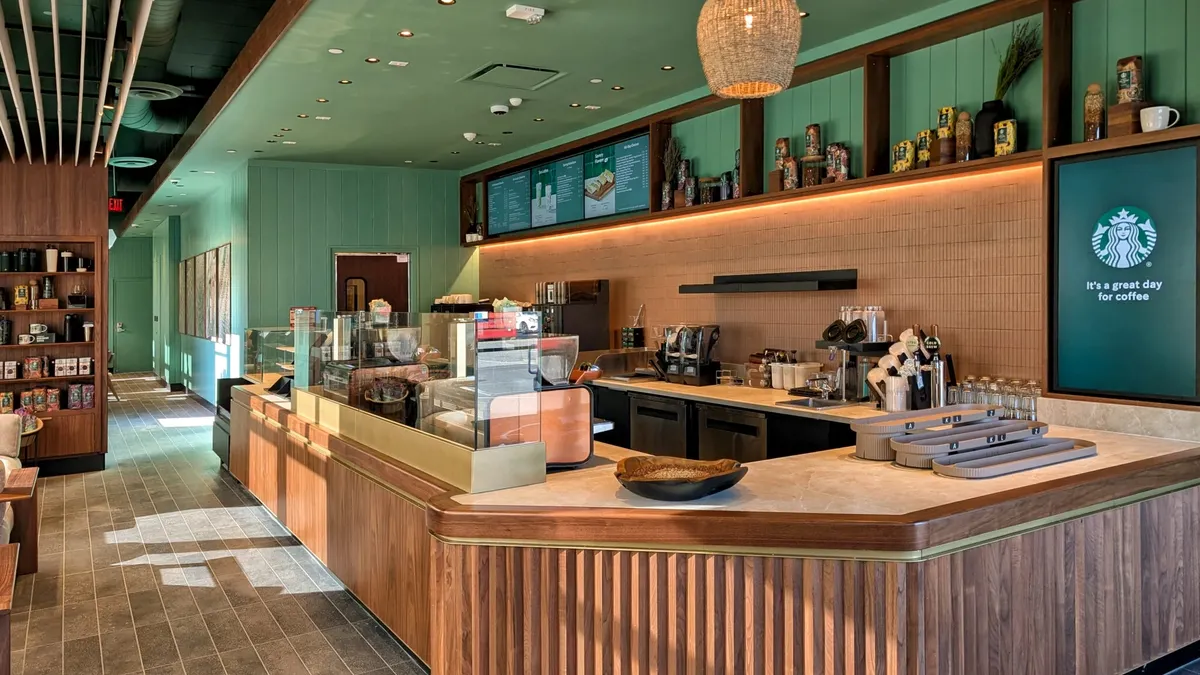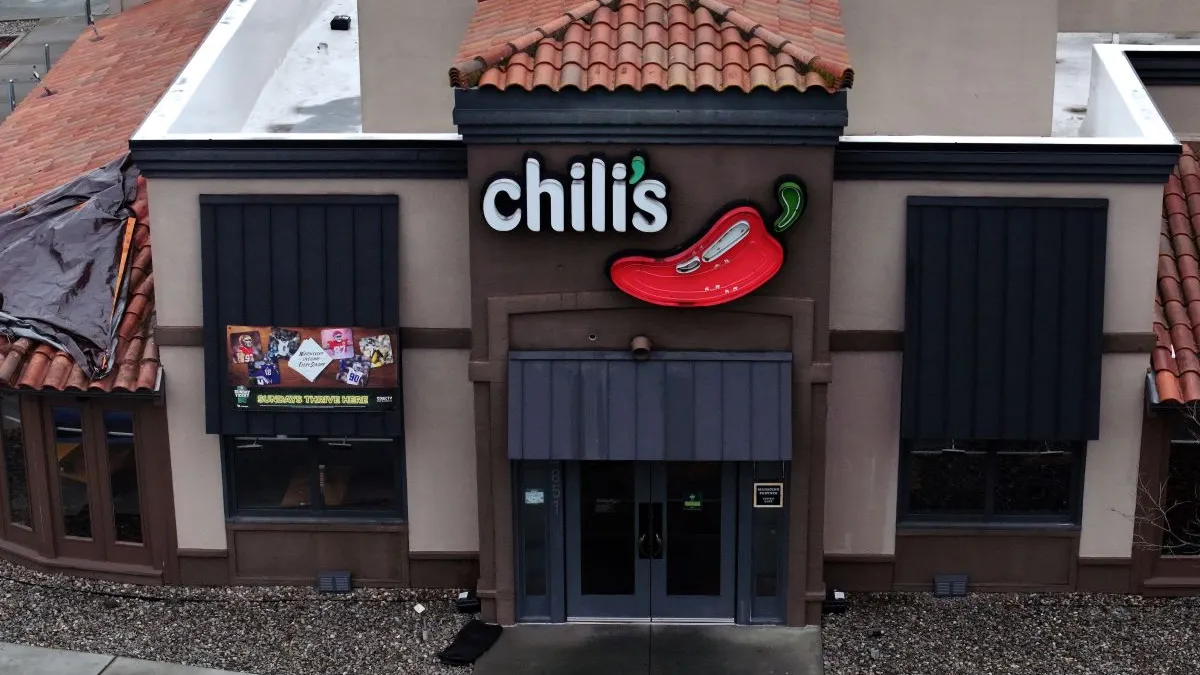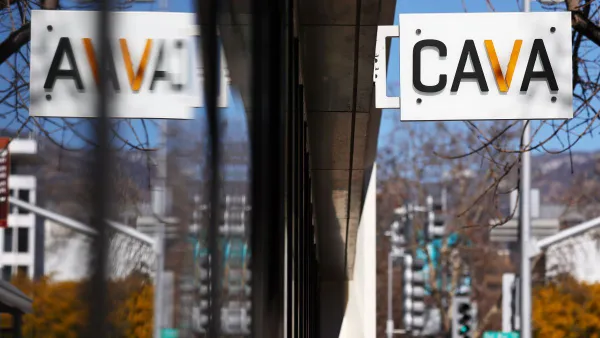For the past three years, the restaurant industry’s aggressive price hikes have managed to offset the revenue impacts of negative traffic. But diners’ growing price sensitivity will likely erode that cushion in 2024, forcing operators to find new ways to draw in customers and grow comparable sales, said Deutsche Bank analyst Lauren Silberman.
Restaurant prices have already risen over 20%, or an average of roughly 7% annually, since 2021, Silberman said during a presentation at the Restaurant Finance & Development Conference, citing Deutsche Bank research. By comparison, menu prices rose an average of 2.5% during the pandemic. In other words, “menu price [increases] over the last three years should have taken eight years,” marking an unsustainable boon to same-store sales.
Traffic has yet to return to pre-COVID-19 levels, and Silberman expects menu price increases to moderate next year to accommodate diner demand — a trend made possible by growing labor market stability and normalization of commodities.
“The winners of the restaurant industry will be those who can drive positive traffic,” Silberman said.
But the answer to bigger customer crowds and greater frequency isn’t simply slashing prices, which can quickly erode margins, she said. Restaurants must accelerate traffic growth by making strategic investments in value offerings, operations improvements and emphasis on underutilized dayparts and occasions.
Loyalty programs can enhance value without deeper discounting
The composition of value offers is already shifting in the QSR sector, Silberman said, as franchisees chafe at the prospect of steeper discounts. Rather than focusing on lower menu price points as a draw, more restaurants are emphasizing promotions such as free delivery or buy-one-get-one deals than they did in 2019.
Casual chains are making similar shifts to their promotions, including increasing the price of their discount offerings.
“Restaurants like Olive Garden and Outback have [relied on] unprofitable discounts over the last few years, and management and investors don’t want to see this return,” Silberman said. “Red Lobster just reported a traffic increase of 4% in the third quarter as it promoted $20 Ultimate Endless Shrimp. [It was] buying traffic, and the promotion resulted in a meaningful operating loss.”
The $20 bottomless promotion culminated in a whopping loss over just a few months following its June introduction and will contribute to an expected $20 million loss for the year, Restaurant Business reports.
“[It has] since increased the promotion to $25, recognizing this was a mistake,” Silberman said.
This strategy can help protect margins, without spooking customers, if restaurants maintain their entry-level menu prices and thus stay accessible to price-sensitive diners. Recently, Wendy’s increased the price of its value meals — including $4, $5 and $6 Biggie Bags for different dayparts — and scuttled its “4 for $4” deal in response to operator pushback.
Domino’s raised its Mix and Match deal, which cost $5.99 for more than a decade, to $6.99 last year. Olive Garden also revived its Never-Ending Pasta Bowl in 2022 after a three-year hiatus, raising the price nearly 30% to “communicate value without impacting margins,” Silberman said.
Rewards platforms are also powerful discount tools, Silberman said, because they can offer restaurant customers more personalized value offerings that also optimize operations. For example, Starbucks recently ran a “September ThursYays” campaign where diners could buy a seasonal fall beverage and get one free after 12 p.m. in order to draw traffic to its sleepier afternoon daypart. Shake Shack, which doesn’t typically offer value items, launched its afternoon BOGO milkshake offering last year to drive incremental visits on weekdays.
Improving efficiency can yield meaningful comp gains
Chains have invested in smaller store models and automated equipment in response to above-average turnover of the past few years. Labor instability has been a drag on operational efficiency, but now that restaurant worker supply is stabilizing, companies have more bandwidth to optimize their systems, Silberman said.
“McDonald’s used to say every 10 seconds saved at the drive-thru is 1% in comp,” she said. “While the numbers would be different today, this really emphasizes how meaningful improvements to operations can be to change our sales.”
Silberman pointed to Chipotle’s throughput, which is down in 2023 compared to 2014 and 2015 performance, as an example of latent opportunity to improve traffic. Currently, the fast casual chain sells 22 to 23 burritos or bowls during 15-minute intervals in the peak lunch and dinner dayparts, between 12 p.m. and 1 p.m. and 6 p.m. and 7 p.m., respectively. Comparatively, Chipotle sold between 28 and 29 burritos and bowls during these 15-minute periods almost a decade ago.
“If [Chipotle] gets back to that historic productivity that is a [nearly] 10% traffic lift,” she said.
The operations improvements Chipotle is already making, including Chipotlane expansion and in-person employee training, are why it is one of the only major restaurant chains with positive traffic right now, Silberman said.
Menu innovation can create incremental occasions
Though the trend of the past few years has been to trim menus to reduce complexity and improve fulfillment speed, restaurants can grow traffic with strategic menu launches during slow dayparts, Silberman said.
“Impactful innovation can drive traffic,” she said. “McDonald’s has done a great job of this over the years, with its Grimace Shake earlier this year, and it was one of the most engaging campaigns ever in the company’s history.”
Companies have recently begun emphasizing breakfast and late-night hours with offerings that can encourage food attach in a bid to grow traffic and sales. Wendy’s and Pizza Hut have extended their evening hours to attract late-night crowds, for example, and Pizza Hut has also developed handheld Melts to attract on-the-go diners. Similarly, Taco Bell is testing chicken nuggets and has brought back its Nacho Fries to encourage snacking occasions during non-peak hours.








